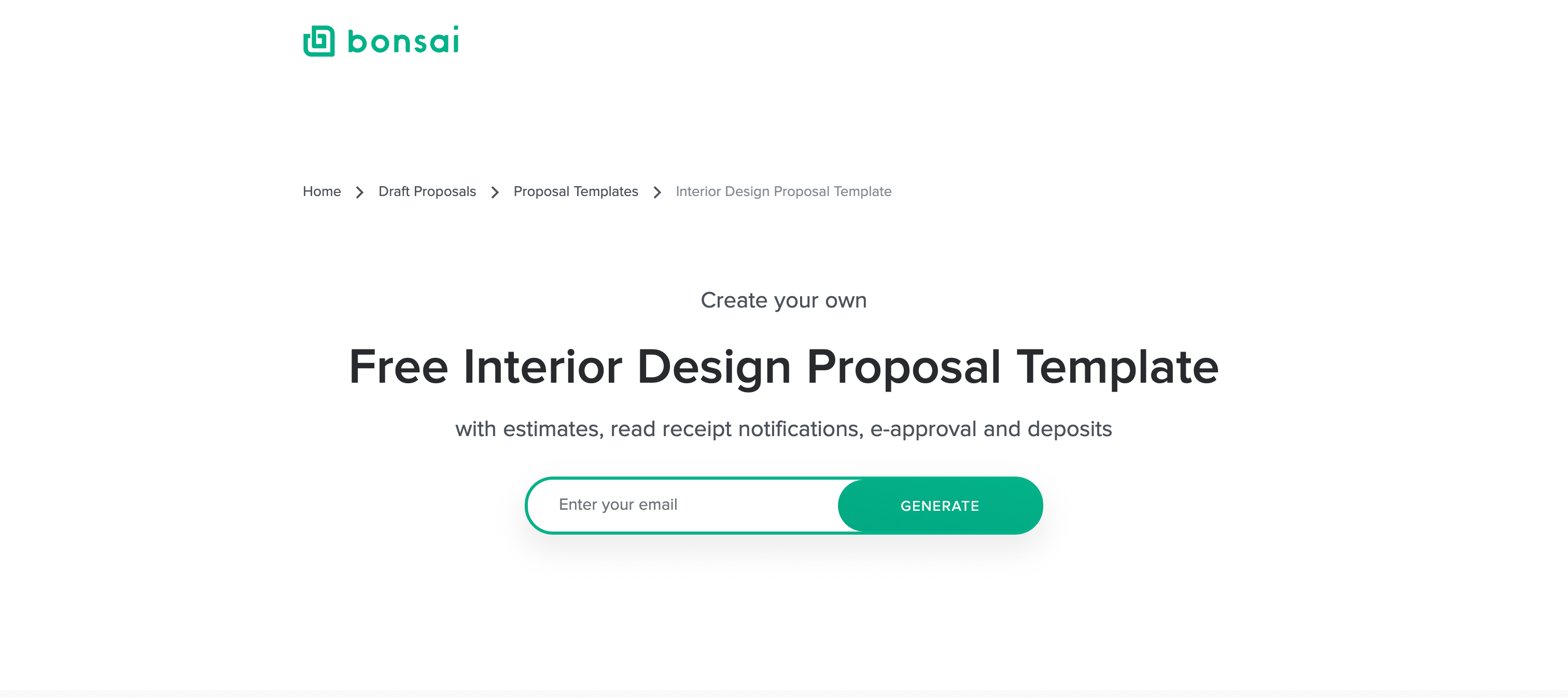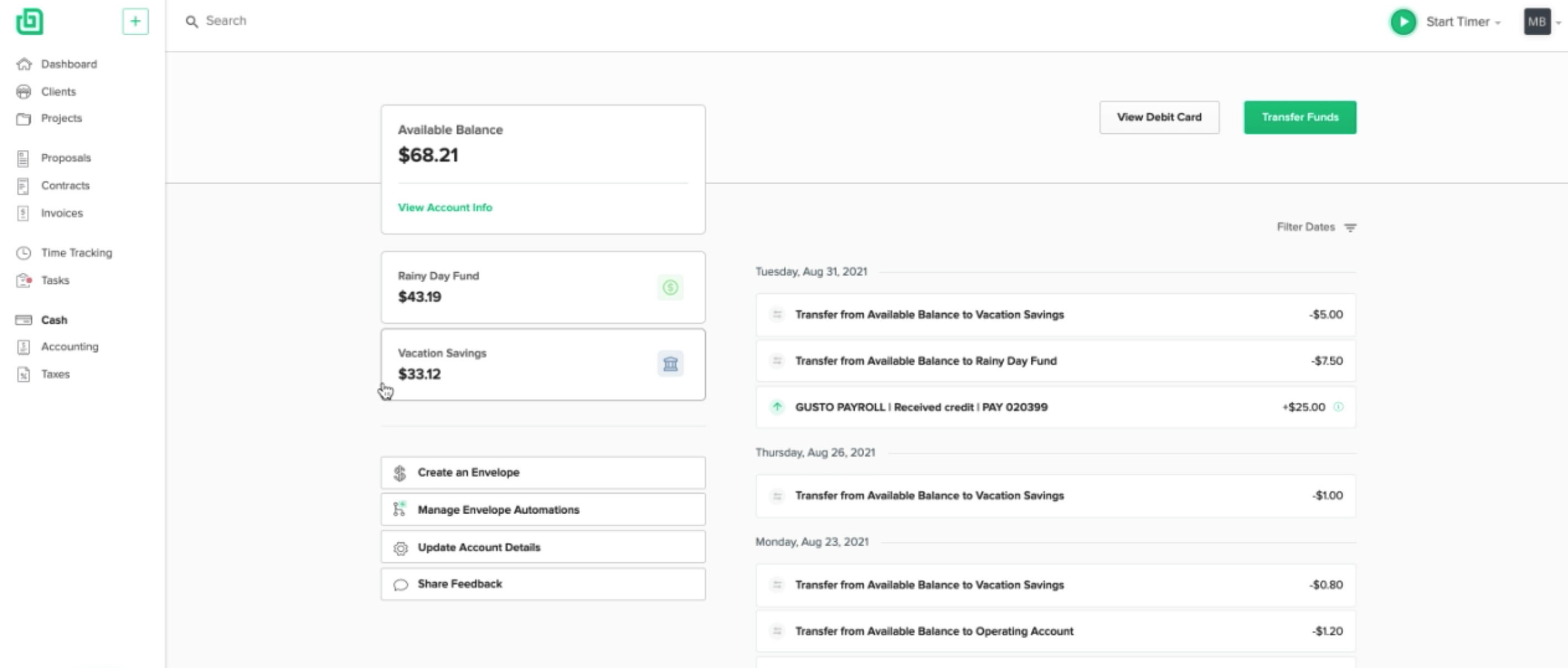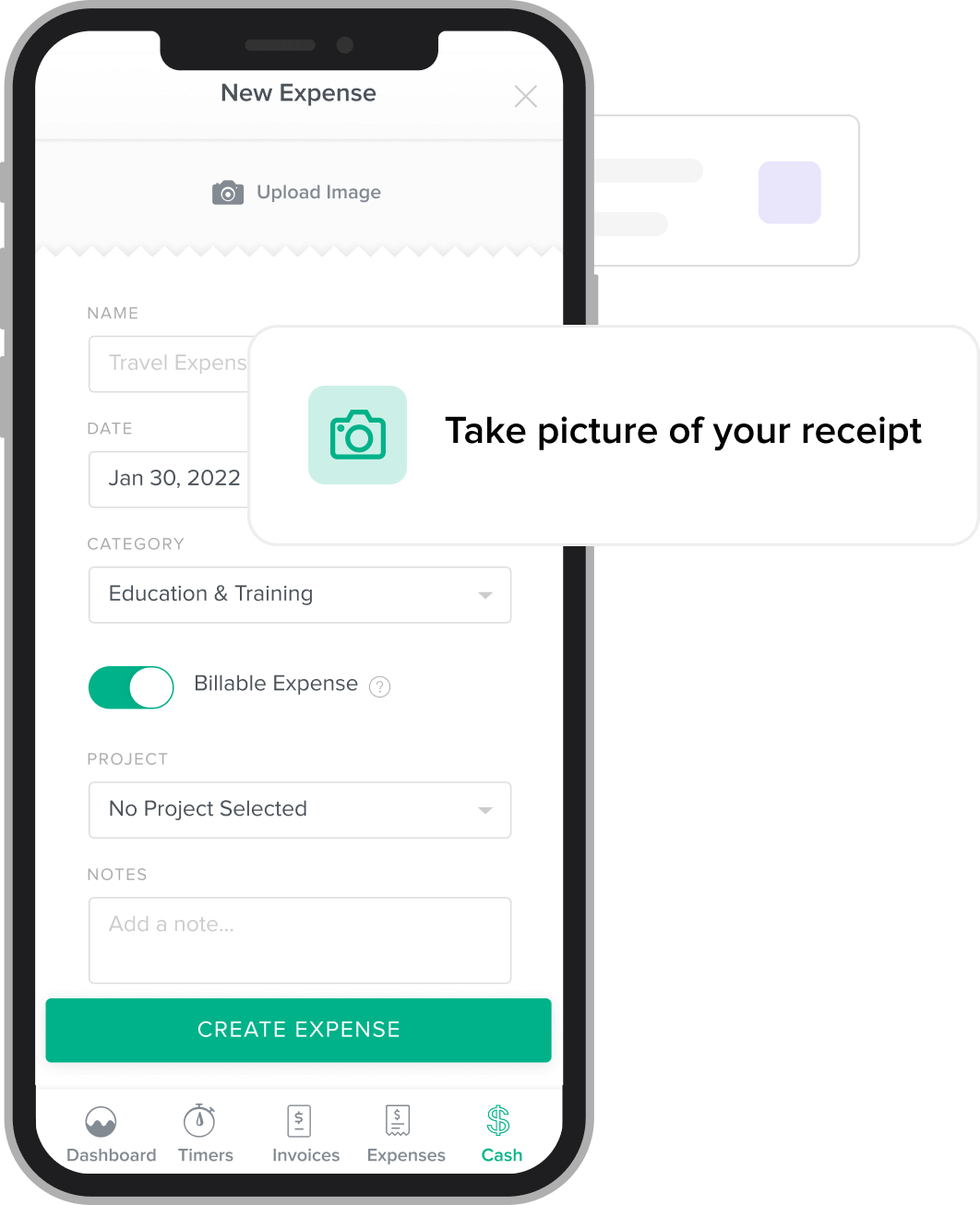Die Werkzeuge, die Architekten verwenden, helfen ihnen dabei, erstaunliche Kreationen und Pläne für die Gebäude und Strukturen zu entwerfen, in denen wir leben und arbeiten. Wenn Sie selbst Architekt sind, sollten Sie wissen, dass das Wort von„architektōn” stammt, was im Griechischen „Chefzimmermann” bedeutet – und als Zimmermann benötigen Sie natürlich gutes Werkzeug.
Architekten gibt es schon seit geraumer Zeit, wobei der erste offiziell anerkannte Architekt Imhotep im Jahr 2600 v. Chr. war. Er stellte sich die erste Pyramide vor, und andere Menschen mit ähnlichen Fähigkeiten folgten seinem Beispiel.
Heute hat ein Architekt große Visionen von Größe und eine gute Werkzeugausstattung, die ihm dabei helfen kann, diese zu verwirklichen. Hier sind einige wichtige Instrumente – physische und andere –, die ein Architekt verwendet.
Digitale Werkzeuge
Die Architekturschule konzentriert sich auf die klassischen Werkzeuge, mit denen Sie Ihre Entwürfe erstellen können, wie beispielsweise Transparentpapier und andere nützliche Instrumente. Es gibt jedoch auch einige digitale Tools, die Sie erwerben können – einige davon zu einem sehr günstigen Preis. Hier sind einige davon:
Elektrischer Radierer
Normale Radiergummis sind nützlich, aber das ständige Wackeln kann sehr nervig sein. Ganz zu schweigen davon, dass das ständige Reiben der Hände irgendwann sehr ermüdend werden könnte. Daher sollten Sie sich vielleicht für einen digitalen Radiergummi entscheiden. Dies kann die Ermüdung der Hand verringern und Ihnen die Arbeit erheblich erleichtern.
Stifttablett
An der Architekturhochschule verlässt man sich beim Anfertigen von Skizzen hauptsächlich auf analoge, physische Werkzeuge. Allerdings kann dies viel Platz beanspruchen und Ihren Komfort erheblich beeinträchtigen, wenn Sie von einem anderen Ort aus arbeiten.
Mit einem Stifttablett wie dem iPad Pro und einem Apple Pencil können Sie Ihre Dokumente in elektronischer Form speichern und müssen nicht mehr alle Stifte, Papier und andere Architekturwerkzeuge mit sich herumtragen, um Ihre Entwürfe zu erstellen.
Digitale Zeichenwerkzeuge
Ein Skizzenbuch muss nicht immer in Papierform vorliegen – es gibt es auch in digitaler Form. Fast jeder Architekt verfügt über eine Art digitales Zeichenbrett, aber auch 3D-Stifte haben stark an Beliebtheit gewonnen. Trotz der zusätzlichen Kosten finden es viele Menschen lohnenswert.
Architektursoftware
Viele Architekten nutzen verschiedene Apps, um ihre Arbeit zu erledigen. Wenn Sie sich beispielsweise für Architekturdesign interessieren, können Sie eine App verwenden, um Fotos von dem Ort zu machen, an dem Sie arbeiten.
Einige Apps sind auch sehr effizient bei der automatischen Erstellung von Modellen, was Ihnen die Arbeit erheblich erleichtert. Die Technologie verbessert sich ständig, ebenso wie die Werkzeuge, die Architekten zur Verfügung stehen. Sehen Sie sich unsere vollständige Liste der besten Architektur-Apps an.
Angebots- und Rechnungsstellungstools
Als Architekt, insbesondere wenn Sie freiberuflich tätig sind, müssen Sie Ihren Kunden Angebote unterbreiten und ihnen möglicherweise auch Rechnungen schicken.
In diesem Fall benötigen Sie eine App, um Ihren Kunden Rechnungen, Verträge und Angebote zu senden.
Bonsai-Werkzeuge für Architekten
Wenn Sie als Kleinunternehmer im Bereich Architektur tätig sind, müssen Sie viele Zahlungen tätigen und empfangen sowie Verträge und Rechnungen an Ihre Kunden versenden. Die Bonsai Freelancer Suite kann Ihnen dabei helfen und noch viel mehr. Wir stellen Ihnen kurz einige Funktionen und kostenlose Tools vor, die Sie für die Entwicklung Ihres Architekturunternehmens ausprobieren können.

Bonsai-Vorschlag
Die Bonsai-Software ist ein hervorragendes Programm zum Versenden von Rechnungen, Verträgen und Angeboten.
Wenn Sie beispielsweise potenzielle Kunden zum ersten Mal treffen, können Sie den Bonsai-Angebotsdienst nutzen, um die Projektkosten zu präsentieren und zu erläutern.
Bonsai bietet Ihnen eine Angebotsvorlage für Architekten.
Bonsai-Rechnungsstellung
Wenn das Projekt zustande kommt, können Sie ihnen nach Abschluss der Arbeiten eine Rechnung schicken.
Rechnungen können manuell versendet werden oder je nach Bedarf aus Bonsai CRM automatisiert versendet werden. Dies kann sehr nützlich sein, wenn Sie regelmäßig arbeiten und jedem Kunden eine Rechnung schicken.
Probieren Sie hier unsere kostenlose Architekturvorlage für Rechnungen aus.
Bonsai-Verträge
Verträge können viel Zeit in Anspruch nehmen, wenn Sie sie von Hand schreiben müssen. Aus diesem Grund kann die Vertrags-Funktion, die mit dem Bonsai-Tool geliefert wird, sehr hilfreich sein.
Basierend auf den Informationen, die Sie über Ihren Kunden haben, erstellt das Vertragstool automatisch Ihre Unterlagen. Sie müssen es lediglich an Ihren Kunden senden.
Probieren Sie noch heute unsere rechtlich geprüfte Vertragsvorlage für Architekten aus.

Bonsai-Bankkonto
Bonsai ist ein effizientes Tool, um Ihre Finanzen, Ihren Cashflow und Ihre Steuern zu verwalten. Mit dem von Bonsai bereitgestellten Geschäftskonto können Sie je nach Bedarf Geld empfangen und senden.
Beispielsweise kann das Geschäftskonto von Bonsai dazu verwendet werden, Lieferungen zu bezahlen und Zahlungen für Ihre Dienstleistungen zu erhalten. Außerdem können Sie mit unserer Umschlagfunktion Ihr Geld ganz einfach und sofort mit Unterkonten organisieren.
Bonsai-Steuer
Der Ausgaben-Tracker für Geschäftskonten von Bonsai kann Ihnen nicht nur dabei helfen, Ihre Finanzen zu organisieren, sondern auch bei der Abwicklung Ihrer Angelegenheiten mit dem Finanzamt. Das kann unglaublich effizient sein, wenn Sie Freiberufler sind.

Die Plattform ist sehr benutzerfreundlich und die meisten Dienste sind automatisiert. Dadurch sparen Sie Zeit und können sich auf das Wesentliche konzentrieren: Ihre Architekturprojekte.
Physikalische Werkzeuge
An der Architekturhochschule lernen die Studierenden oft, ihre Architekturzeichnungen mit physischen Zeichenwerkzeugen anzufertigen. Hier sind einige der gängigsten physischen Architekturwerkzeuge, die viele dieser Spezialisten während ihres Skizzierprozesses verwenden.
Schutzhandschuhe
Als Architekt arbeiten Sie häufig mit Messern, und wenn Sie nicht vorsichtig sind, können Sie sich leicht an den Händen verletzen. Daher tragen die meisten Architekten bei ihren Projekten Handschuhe. Dadurch lassen sich unglückliche Unfälle und unerwünschte Schnitte vermeiden.
Schreibtischlampen
Als Architekt müssen Sie möglicherweise zu ungewöhnlichen Zeiten in der Nacht arbeiten. Das bedeutet, dass Sie ausreichend Licht benötigen, um Ihre beschriebenen Architekturtechniken in die Praxis umzusetzen und eine gute Sichtbarkeit Ihrer Zeichnungen zu gewährleisten. Aus diesem Grund kann eine Schreibtischlampe ein großartiges Hilfsmittel sein.
T-Lineal
Die Werkzeugtasche eines Architekten ist ohne ein T-Lineal nicht vollständig. Dieses ist ein Klassiker, mit dem Architekturstudenten oder -fachleute verschiedene Winkel auf dem Architekturmaßstab zeichnen und so eine Vielzahl von Projekten erstellen können.
Zeichnungspapier
Dieses Papier ist etwas, worauf ein Architekt nicht verzichten kann. Unabhängig davon, ob Sie Student oder Fachmann sind, wird der endgültige Architekturplan auf einem großen Blatt Papier, dem sogenannten Zeichenpapier, landen.
Klebeband
Als Architekt werden Sie mehrere Konzepte zu Papier bringen müssen. Allerdings kann es vorkommen, dass das Papier auf dem Zeichenbrett verrutscht und ständig verrutscht – in diesem Fall benötigen Sie Zeichenband, um alles zusammenzuhalten.
Dadurch wird sichergestellt, dass Ihre architektonischen Pläne nicht scheitern, während Sie sich mitten im Entstehungsprozess befinden.
Druckbleistifte
Architekten müssen einige technische Zeichnungen anfertigen, für die ein gewöhnlicher Holzbleistift nicht ausreicht. Die klassischen Stifte verlieren sehr schnell ihre Schärfe, sodass Sie Ihre Handzeichnungstechniken nicht effizient üben können. Aus diesem Grund ist ein Druckbleistift ein unverzichtbares Werkzeug in Ihrem Werkzeugkasten.
Kompass
Ihre Architekturtechniken müssen fehlerfrei sein, damit die von Ihnen entworfenen Strukturen erstklassig sind. Für gerade Linien gibt es Lineale – aber wenn es um Kreise geht, ist ein Zirkel ein unschätzbares Hilfsmittel.
Französische Kurve
Architekturprojekte bestehen nicht nur aus geraden Linien oder Kreisen. Wenn also ein Zirkel oder ein Lineal die Aufgabe nicht reibungslos erledigen kann, ist eine Kurvenlineal möglicherweise die bessere Wahl. Eine transparente Variante kann effizienter sein, wenn Sie auch das Hintergrunddesign sehen möchten.
Präzisionsmesser
Neben den Skizzen müssen Architekten möglicherweise auch hin und wieder ein Modell erstellen. Nachdem Sie die Linien auf den Materialien gezeichnet haben, können Sie alles mit Präzisionsmessern ausschneiden. Sie benötigen scharfe Messer in verschiedenen Größen, um die perfekten Modelle zu erstellen.
Füllfederhalter
Feine Linien sind ein wesentlicher Bestandteil der Arbeit eines Architekten. Manchmal müssen Sie vielleicht dünne Linien zeichnen, manchmal sind dickere Linien erforderlich, um das Projekt fertigzustellen. Ein Architekturstudent investiert oft in Filzstifte und Zeichenstifte verschiedener Größen, um seine Arbeit effizient zu erledigen.
Papierschneider
Papierschneider werden zwar nicht speziell nur in der Architektur eingesetzt, können aber dennoch sehr nützlich sein. Entwurfspapiere können beispielsweise manchmal recht groß sein – damit sie zu Ihrem Projekt passen, müssen Sie sie daher zuschneiden.
Stellen Sie sicher, dass die Klingen scharf genug sind, um das von Ihnen verwendete Papier zu schneiden. Einige Papierschneider können nur bestimmte Größen schneiden, daher sollten Sie sicherstellen, dass Sie einen für Ihre Arbeit geeigneten Schneider erwerben.
Verstellbares Dreieck
Verstellbare Dreiecke sind ebenfalls großartige Messgeräte, auf die ein Architekt niemals verzichten sollte. Es hilft Ihnen beim Messen von Winkeln, sodass Sie einen genauen Entwurf erstellen und alle erforderlichen Informationen erhalten können. Es ist ein einfaches, aber effizientes Werkzeug.
Maßstablineal
Etwas, das in Ihrer Tasche niemals fehlen sollte, ist ein Architekturlineal. Es stehen Ihnen mehrere Optionen zur Auswahl, ob kleiner oder größer, daher sollten Sie entsprechend Ihren Projekten wählen.
Sie müssen Ihre Projekte möglicherweise häufig skalieren – beispielsweise einen kleinen Entwurf in einen größeren umwandeln und umgekehrt. Mit einem Maßstab können Sie die Maße entschlüsseln, damit Sie sie nicht versehentlich in die falsche Größe umrechnen.
Schneidematte
Architekturstudenten schneiden ihre Entwürfe oft in verschiedenen Winkeln durch, und wenn sie dies auf einem Schreibtisch tun, kann dies Spuren hinterlassen. Aus diesem Grund benötigen Sie eine Schneidematte, um sicherzustellen, dass Ihre Architekturzeichnungen Ihre Tische nicht beschädigen.
Pentel Sign Pen
Pentel-Signierstifte werden häufig von Architekten zum Unterzeichnen von Dokumenten und sogar zum Skizzieren verwendet. Sie verwenden wasserbasierte Tinte, wodurch sie sich perfekt für Entwurfspapiere eignen. Sie haben eine große Stärke, und der Fluss der Tinte ermöglicht es ihnen, Linien in verschiedenen Größen zu zeichnen. Sie sind auch sehr nützlich für Architekten, die ständig unterwegs sind.
Skizzenbuch
Man weiß nie, wann einen die Inspiration für ein Projekt überkommt, deshalb sollte man immer ein Skizzenbuch griffbereit haben. Sie können es verwenden, um die Bilder als Referenz zu zeichnen oder sogar Ihre Entwürfe zu üben, bevor Sie sie in ihre endgültige Form bringen.
Zeichnungsstuhl
Ein Aspekt, den Architekten oft ignorieren, ist der Stuhl, auf dem sie sitzen, obwohl auch dieser ein Werkzeug von großem Wert ist. Als Architekt werden Sie wahrscheinlich viel sitzen, daher sollten Sie darauf achten, dass Ihr Stuhl bequem ist.
Zeichnerstühle haben oft hohe Rückenlehnen, die Ihnen eine aufrechte Haltung ermöglichen. Sie sind außerdem mit einer stützenden Polsterung ausgestattet. Sie werden viel auf diesem Stuhl sitzen, wählen Sie also den richtigen aus.
Transparentpapier
Dies ist vielleicht auch eines der wichtigsten Werkzeuge, deren Anwendung Architekturstudenten erlernen werden. Es kann vorkommen, dass Sie Ihre Originalarbeit mehrfach reproduzieren müssen, und dann kann Transparentpapier wie eine Schablone verwendet werden. Da es transparent ist, können Sie mit Transparentpapier eine Kopie erstellen, die sehr genau und nah am Original ist.
Zeichentisch
Architekten benötigen beim Zeichnen eine feste Unterlage – hier kommen Zeichenbretter ins Spiel. Das Zeichenbrett bietet Ihnen eine glatte Arbeitsfläche, auf der Sie Ihre Arbeit erledigen und Ihre Skizzen erstellen können. Es muss auch eine Barrikadenkante haben, damit Ihre architektonischen Entwürfe und Werkzeuge nicht herunterfallen.
Zeichenpinsel
Die Arbeit eines Architekten kann manchmal sehr chaotisch sein, und ein Zeichenpinsel kann sich als nützlich erweisen. Wenn Sie einen Entwurf erstellen und Ihr Papier unordentlich wird, können Sie mit dem genannten Pinsel dafür sorgen, dass alles wieder ansehnlicher aussieht. Wenn Sie über das Chaos nicht hinwegsehen können, kann dies Ihre Arbeit beeinträchtigen, daher sollten Sie dieses Tool immer griffbereit haben.
Metalllineal
Als Architekt werden Sie wahrscheinlich recht häufig Metalllineale verwenden. Diese Lineale sind sehr effizient für schnelle Messungen im kleinen Maßstab. Diese Art von Lineal kann bis zu 72 Zoll messen und eignet sich hervorragend, wenn Sie Ihre Projekte zu Papier bringen möchten.
Maßband für gerade Linien
Metalllineale sind großartig, aber wenn Sie in einer geraden Linie messen möchten, reichen sie manchmal nicht aus. Das Maßband ist länger und wesentlich flexibler und in der Regel die richtige Wahl, wenn Sie eine Ecke oder eine Kurve messen möchten. Entscheiden Sie sich für ein Maßband mit einer Arretierungsfunktion, damit eine eventuelle Reaktion Ihre Messwerte nicht beeinträchtigt.
Das Fazit
Als Architekt sollten Sie immer vorbereitet sein. Möglicherweise können Sie nicht alle Werkzeuge beim ersten Einkauf erwerben, aber stellen Sie sicher, dass Sie so viele wie möglich davon sammeln. Wenn Sie alle Ihre Werkzeuge bereit haben, sparen Sie viel Zeit und Mühe.






